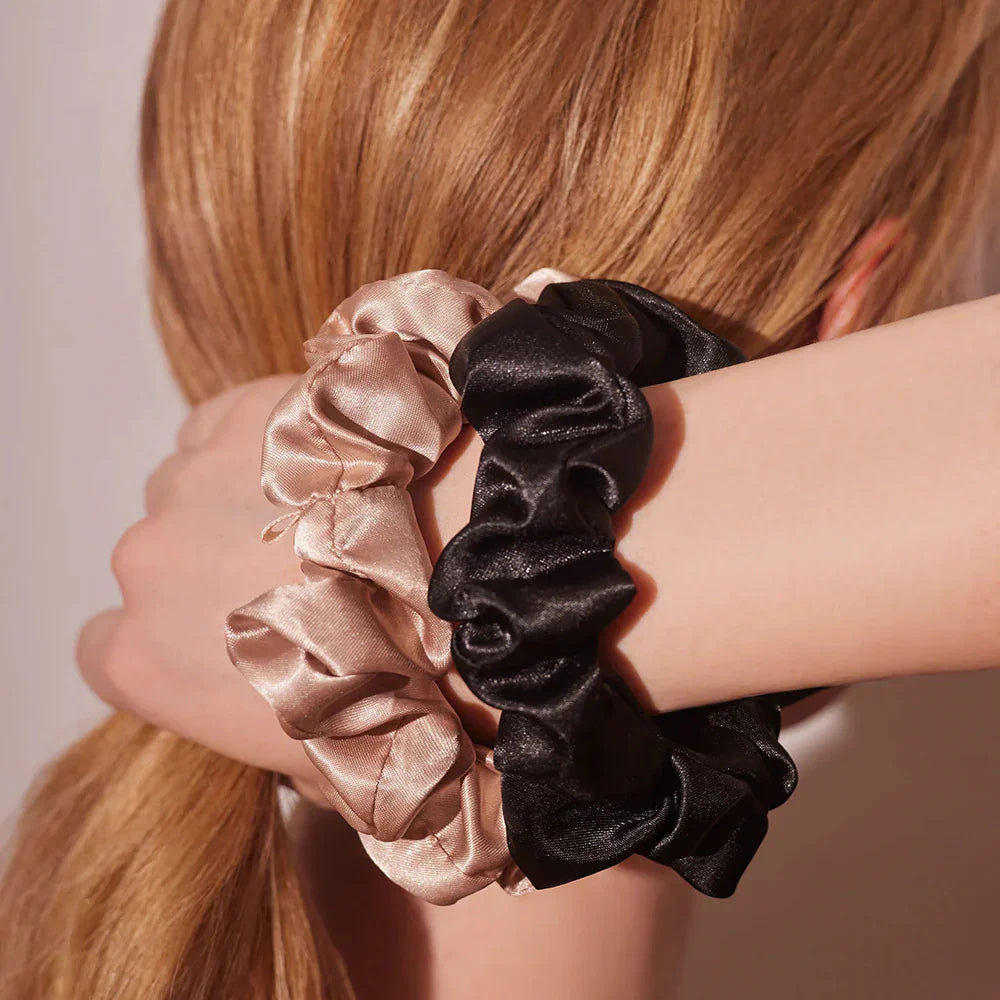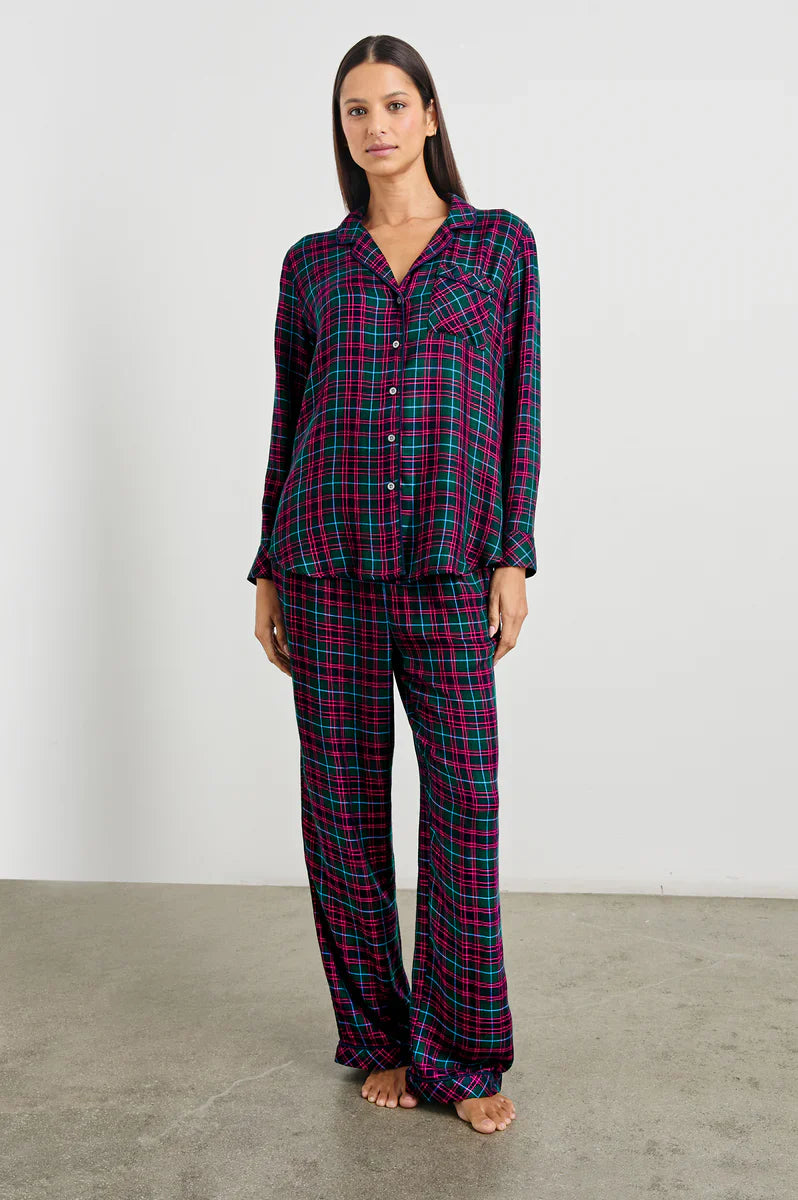Soft Materials Explained: the Science of Soft Matter

Understanding Soft Materials: The Science and Beauty of Flexibility
When we talk about soft materials, we’re referring to a fascinating world that combines science, comfort, and innovation. From the clothes we wear to the gels used in medicine, soft matter physics explores how flexible materials behave and why they matter so much in our daily lives.
So, what exactly are soft materials, and why are they important? Let’s dive in.
What Are Soft Materials?
In simple terms, soft materials are substances that easily change shape when a small force is applied. Unlike hard metals or ceramics, these materials bend, stretch, and flow. Scientists describe them as soft matter, materials that exist somewhere between liquids and solids.
Examples include gels, foams, polymers, rubbers, and biological tissues. These are materials that don’t break easily but can deform, absorb energy, and recover their shape, making them incredibly useful in everything from fashion to medicine.
What Is Soft Matter Physics?
Soft matter physics is the study of materials that are easily deformed by external stress, electric or magnetic fields, or thermal fluctuations. This branch of science helps explain how everyday soft materials, like creams, fabrics, and plastics, behave and interact.
It bridges chemistry, biology, and physics to understand materials that are flexible yet structured, such as:
-
Polymers (used in plastics and textiles)
-
Liquid crystals (found in displays and biological cells)
-
Colloids (like milk or paint)
-
Foams and gels
So, when you ask what is soft matter, it’s essentially the science behind materials that can flow, stretch, and adapt without losing their integrity.
Types of Soft Materials
There are several types of soft materials, each with unique properties and uses. Here’s a closer look:
-
Polymers
A soft polymer is a long-chain molecule that can bend and twist easily. They’re used in rubber, silicone, and synthetic fabrics. -
Gels
Found in food, cosmetics, and medicine, gels are made of polymer networks that hold large amounts of water. -
Foams
These are materials filled with gas bubbles, like sponges or cushions, both lightweight and compressible. -
Liquid Crystals
These materials flow like liquids but have molecular order like solids. They’re vital in display technologies and biological systems. -
Biological Soft Materials
Nature is full of examples: skin, muscles, and plant tissues are all naturally soft materials that combine flexibility and strength.
Hard and Soft Materials: The Key Differences
When comparing hard and soft materials, the distinction lies in how they react to external forces.
| Property | Hard Materials | Soft Materials |
|---|---|---|
| Rigidity | High | Low |
| Deformation | Minimal | Easily deformable |
| Examples | Metals, ceramics | Rubber, fabrics, gels |
| Flexibility | Low | High |
| Applications | Construction, machinery | Clothing, packaging, biology |
This flexibility makes soft materials more adaptable and comfortable for products that need to stretch, cushion, or mold to the human body.
Soft Materials in Everyday Life
You encounter soft materials more often than you think. Here are some common soft material examples:
-
Cotton and silk in clothing
-
Foam cushions in furniture
-
Silicone in kitchenware
-
Rubber soles in shoes
-
Hydrogel in skincare products
From soft fabrics that touch your skin to high-tech materials in flexible electronics, soft matter is everywhere.
The Future of Soft Materials
As technology advances, scientists are creating new soft polymers and bio-inspired materials that mimic human tissue or adapt to temperature and movement. These innovations are leading to breakthroughs in wearable tech, smart textiles, and sustainable materials.
Soft matter physics continues to inspire developments in both comfort and science, proving that softness can be powerful.
Final Thoughts
Whether you’re studying science or exploring fabrics, soft materials shape the way we live, move, and create. They blur the line between structure and flexibility, offering both comfort and innovation.
From the clothes on your back to the cushion beneath your head, soft matter is the quiet hero of modern life.


